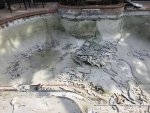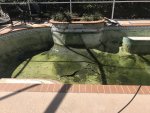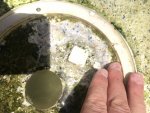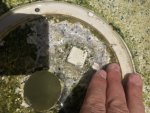Hello,
A few years ago we resurfaced our pool, initially we were really happy with it but one day during winter we heated the pool and one side of the resurfacing started to separated from the pool itself, I’ve been reading about and it is called delamination, anyway it has gotten worst and worst over the past year and the company that did the resurfacing charged me a 10 year warranty which they will not cover (they said several different things, ground movement, water feature leaking, etc) so I don’t want them anywhere close to my property now the question is, I need to hire some other company but I don’t know what should I look for because I would like to make sure they do it right, what should I be looking for in a new company when they do this job?
By the way we have no leaks so we know is delamination.
any help is appreciated
thanks

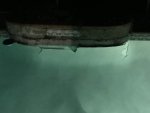
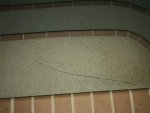
A few years ago we resurfaced our pool, initially we were really happy with it but one day during winter we heated the pool and one side of the resurfacing started to separated from the pool itself, I’ve been reading about and it is called delamination, anyway it has gotten worst and worst over the past year and the company that did the resurfacing charged me a 10 year warranty which they will not cover (they said several different things, ground movement, water feature leaking, etc) so I don’t want them anywhere close to my property now the question is, I need to hire some other company but I don’t know what should I look for because I would like to make sure they do it right, what should I be looking for in a new company when they do this job?
By the way we have no leaks so we know is delamination.
any help is appreciated
thanks





